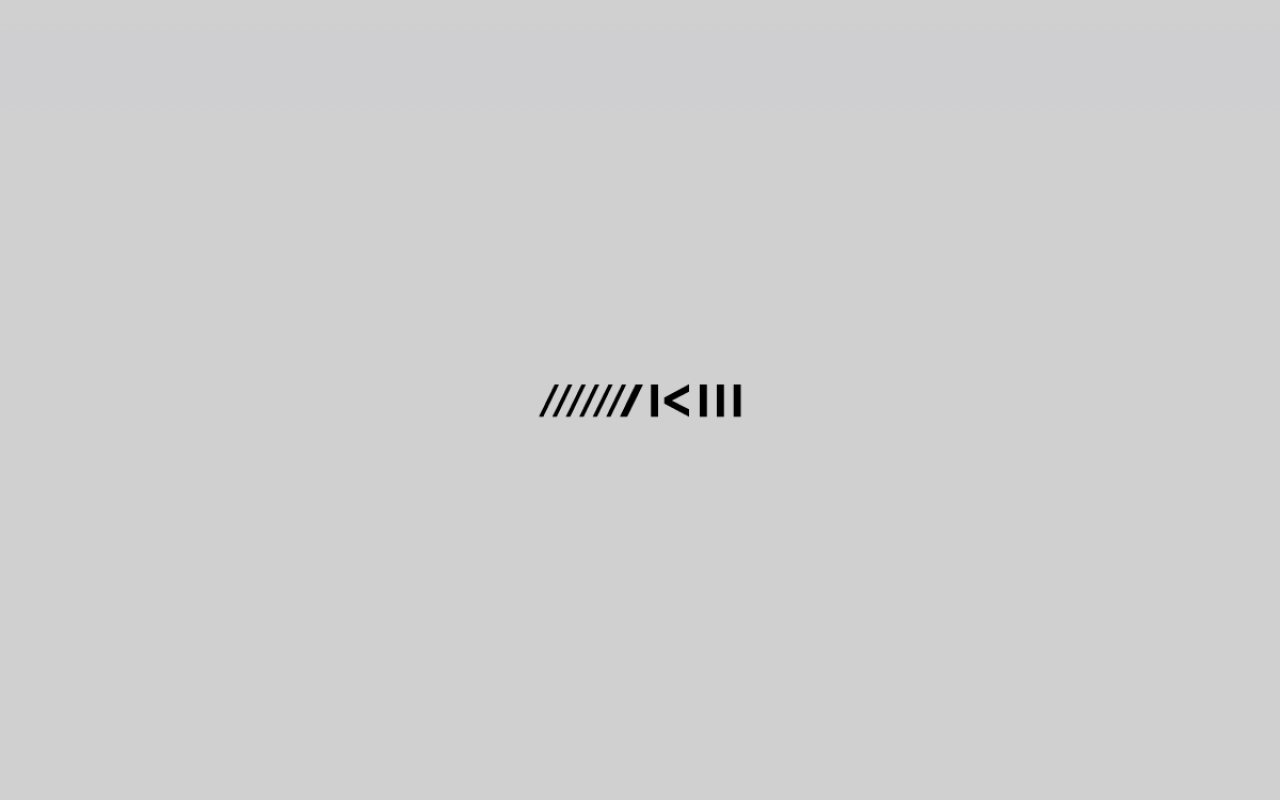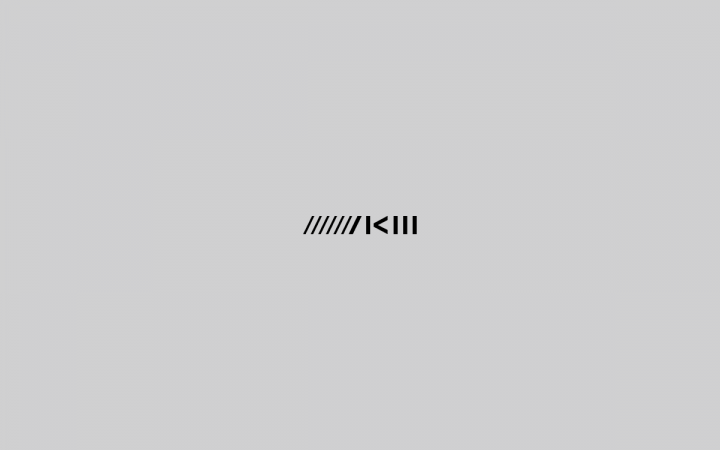Kees Tazelaar: The Analogue Studio for Electronic Music at the Institute of Sonology
- Duration
- 43:21
- Category
- Lecture/Talk
- Date
- 01.12.2012
- Description
Although Sonology in Utrecht was very early when it came to the use of computers for sound synthesis, analogue production techniques still remained an important subject after the first PDP-15 computer had arrived by the end of 1970. Equipment for voltage control was further developed at Sonology’s electronics workshop, and when the institute in Utrecht closed its doors in 1986, it still had three analogue studios. After Sonology had moved to the Royal Conservatory in The Hague, the best pieces of equipment of these three studios were combined and installed in one new analogue studio. At the same time, digital techniques became more and more prominent with the arrival of the personal computer. When in 1993, I was asked to take over Jaap Vink’s position as teacher in analogue studio techniques, it was questioned whether it was necessary at all to have such a studio. I personally was convinced that an analogue studio could make an important contribution to the curriculum, but then still, the question was if analogue techniques were only relevant because they are part of the historical development of electronic music, or if the methods applied in an analogue studio might still be relevant at a time when digital techniques were taking over. After having studied Gottfried Michael Koenig’s methods for the production of his Terminus (1962) and the Funktionen series (1967-1969) and the realization of a series of new pieces with voltage control techniques myself (Depths of Field 1-4 and Geoglyphs), my answer is yes!
Kees Tazelaar (July 27, 1962) was taught at the Institute of Sonology from 1981 to 1983 (Utrecht) and from 1987 to 1989 (The Hague). He subsequently studied composition with Jan Boerman at the Royal Conservatory in The Hague, graduating in 1993. Since then Tazelaar has been teaching at the Institute of Sonology. He is head of Sonology since June 2006. In addition to his own autonomous works, he has contributed to music theatre projects by Dick Raaijmakers (Die glückliche Hand geöffnet, Scheuer im Haag) and Theatergroep Hollandia (Perzen, Varkensstal).
Tazelaar has also been intensively engaged in the restoration and reconstruction of major electronic works from the past. In his specially equipped studio, he has created new versions of compositions by Gottfried Michael Koenig , Jan Boerman, Edgard Varèse, Iannis Xenakis, György Ligeti, Luctor Ponse and Dick Raaijmakers. During the winter semester of 2005/2006, Kees Tazelaar filled the Edgard Varèse Guest Professorship of the DAAD at the Technische Universität Berlin.

